Micro 100

INTRODUCTION
- The AMI-Micro 100 Series is a high-precision physisorption instrument designed for the accurate determination of specific surface area and pore size distribution in a wide range of materials. The series is available in three distinct models—A, B, and C—each offering specialized capabilities to accommodate various analytical requirements (refer to the specification table for further details).
- The Micro 100 C model is equipped with high-sensitivity 1 torr pressure transducers (with an optional 0.1 torr configuration) and a turbo molecular pump achieving an ultimate pressure of 10⁻⁸ Pa, ensuring exceptional accuracy in the characterization of microporous structures. Furthermore, all analysis stations incorporate in-situ sample preparation, effectively minimizing contamination and enhancing measurement reliability.
- Engineered for advanced materials research, the AMI-Micro 100 Series is particularly well-suited for the characterization of microporous materials, including metal-organic frameworks (MOFs), molecular sieves, catalysts, activated carbon, and other porous substances, providing precise and reproducible gas adsorption analysis.
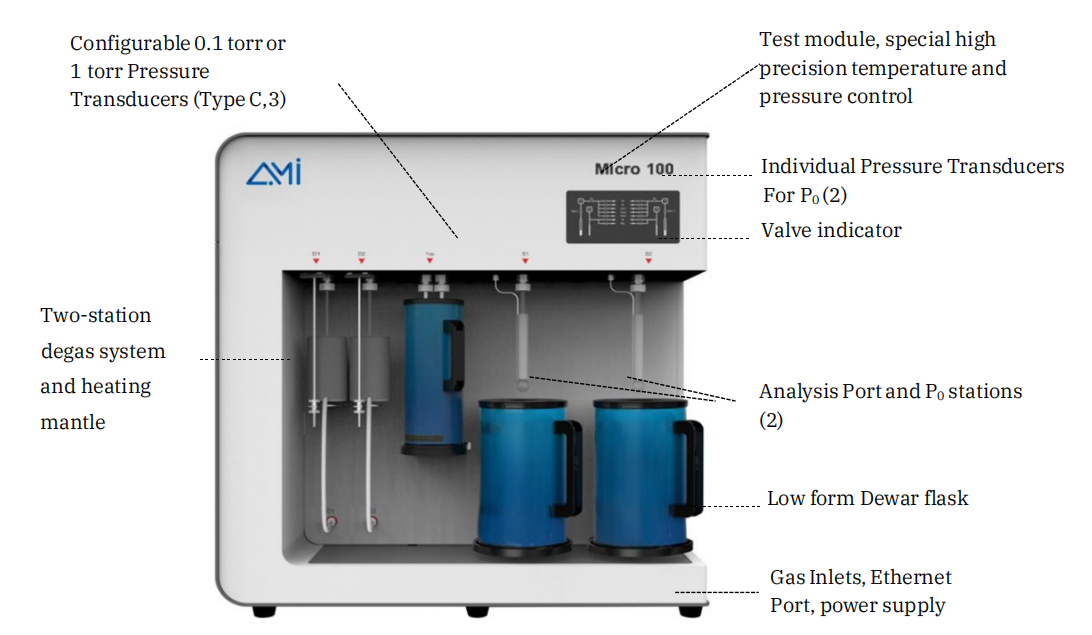
- Instrument Structural Layout of AMI-Micro 100 Series
FEATURES
- Module Design for Minimal Dead Volume
- The internal gas path design of the instrument adopts a unique integrated metal module design, which not only reduces the internal dead volume space but also lowers the system leakage rate.
- Saturated Vapor Pressure P0
- An independent P₀ pressure transducer is configured at 133 kPa for P₀ value testing, enabling real-time P/P₀ measurement for more accurate and reliable test data. Alternatively, an atmospheric pressure input method can be used to determine P₀.

- Multiple Degassing Stations for Sample Preparation
- Equipped with two (2) integrated degassing ports and two (2) in-situ degassing ports. Each port offers independent temperature control from ambient to 400°C, ensuring precise sample preparation. In-situ degassing enhances microporous material analysis by providing superior efficiency over ex-situ methods.
- High-Precision Micropore Distribution Analysis (Micro 100C)
- Utilizes advanced micropore models, including the Horvath-Kawazoe (HK) and Saito-Foley (SF) methods,to accurately determine pore size distribution. Ensures an aperture deviation of less than 0.02 nm, providing precise characterization of microporous materials in gas
adsorption studies. - Thermal Stabilization
- A core rod in the sample tube reduces dead volume and stabilizes the cold free space coefficient, while an iso-thermal jacket maintains a constant thermal profile along the tube. Additionally, automatic helium correction ensures precise calibration for any powder or particulate material, minimizing temperature- related deviations during analysis.
- Customizable Selection of Pressure Transducers
- Depending on the model, the AMI-Micro 100 Series offers various quantities and types of pressure transducers. Among them, the Micro 100C, equipped with a 1 torr transducer (selectable 0.1 Torr), enables a partial pressure (P/P₀) of up to 10⁻⁸ (N₂/77 K) in
physical adsorption analysis. 
- Optimized Manifold Contamination Control
- This system features a multi-channel, adjustable, and parallel vacuum design with segmented vacuum control. This setup effectively prevents samples from being drawn up into the analyzer therefore preventing manifold contamination.
- Turbo Molecular Pump
- A Turbo Molecular pump is included on the Micro 100B and Micro 100C. Achieving ultimate pressures of 10⁻⁸ Pa, this system ensures a solid foundation for precise micropore analysis at ultra-low pressures.
SOFTWARE
- PAS Software is an intelligent solution for operation control, data acquisition, calculation, analysis, and report generation on the Windows platform. It communicates with the host via the LAN port and can remotely control multiple instruments simultaneously.

- PAS Software adopts a unique intake control method, optimizing pressure in the adsorption and desorption processes through a six-stage setting, which improves testing efficiency.

- Changes in pressure and temperature inside the manifold can be directly observed in the test interface, providing convenience for sample testing and instrument maintenance. The current state of analyzer can be intuitively understood with the indicator light and event bar.

- Each adsorption equilibrium process is dynamically displayed on the test interface. Adsorption characteristics of the sample can be easily understood.

- A clear and concise report setting interface, including the following:
- Adsorption and desorption isotherms
- Single-/Multipoint BET surface area
- Langmuir surface area
- STSA-surface area
- Pore size distribution according to BJH
- T-plot
- Dubinin-Radushkevich
- Horvath-Kawazoe
- Saito-Foley
TYPICAL ANALYSIS RESULTS
- The specific surface area test results for iron ore powder are shown in the figure below. As a material with an inherently low specific surface area, the repeatability error in the measurements is only 0.0015 m²/g, demonstrating high testing precision.
- Analysis of pore size distribution of activated carbon materials by NLDFT.
- Analysis of pore size distribution of activated carbon materials by NLDFT.
SPECIFICATIONS
| Specific Model | 100A | 100B | 100C |
| Analysis Ports | 2 | 2 | 2 |
| P0 Transducer | 2 | 2 | 2 |
| Analysis Pressure Transducer |
1 | 2 | 3 |
| Accuracy PTs | 1000 torr | 1000 torr, 10 torr | 1000torr, 10 torr, 1(0.1) torr |
| Testing Mode | Sequential | ||
| Adsorbates | N2, Ar, Kr, H2, O2, CO2, CO, NH3, CH4, etc. | ||
| Pump | 2 mechanical pumps(ultimate vacuum 10-2Pa): 1 analysis,1 degas; | 2 mechanica lpumps(ultimatevacuum 10-2 Pa): 1 analysis, 1 degas; 1 turbo molecular pump (ultimate vacuum 10-8 Pa); | |
| P/P0 | 10-4-0.998 | 10-8-0.998 | |
| Surface Area | ≥0.0005 m2/g,test repeatability:RSD≤1.0% | ||
| Cold Trap | 1 | ||
| Pore Size | 0.35-500 nm, test repeatability: ≤0.02 nm | ||
| Pore Volume | ≥ 0.0001 cm3/g | ||
| Degassing Ports | 2 in-situ;2 ex-situ; | ||
| Volumeand Weight | L34.5 in (870 mm) × W 22.5 in (570 mm) × H35.0 in (890 mm),176-198 lbs. (80-90 kg) | ||
| Power Requirements | 110 or 240 VAC, 50/60 Hz, maximum power 300 W | ||

 Products
Products
 Products
Products






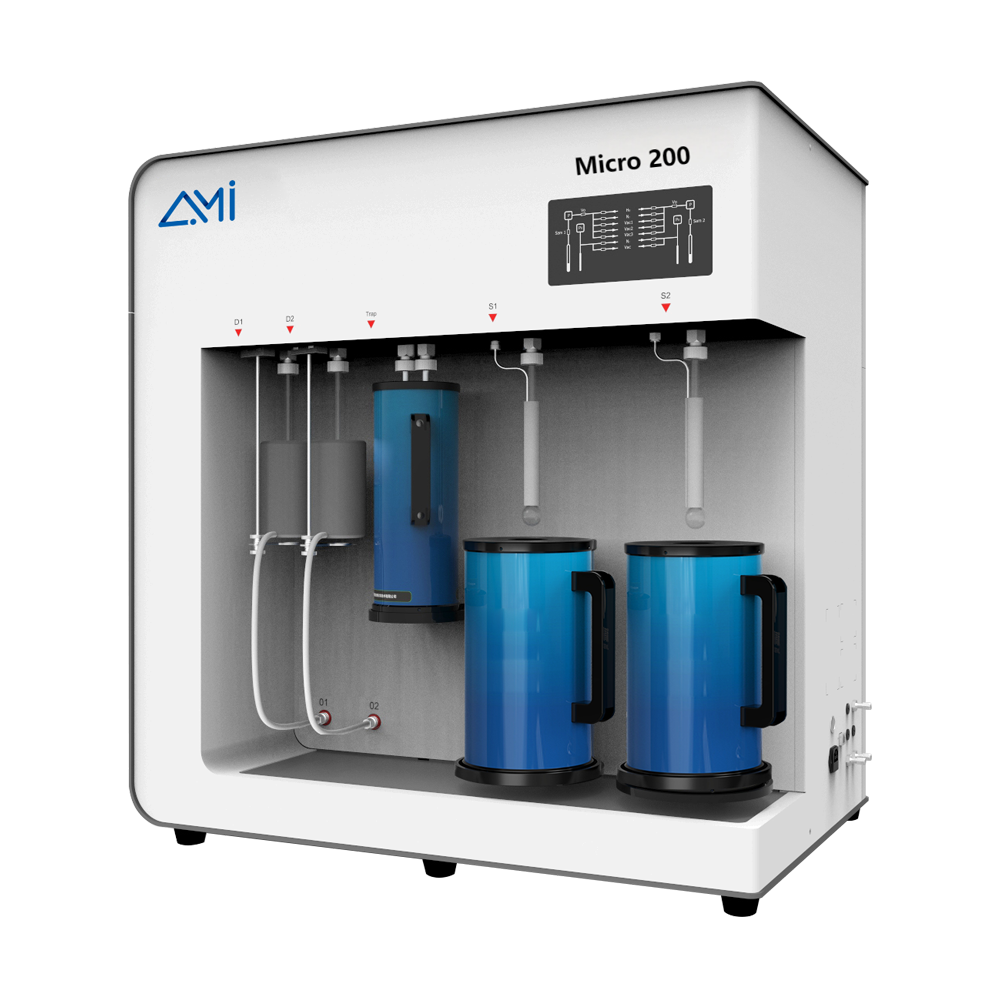
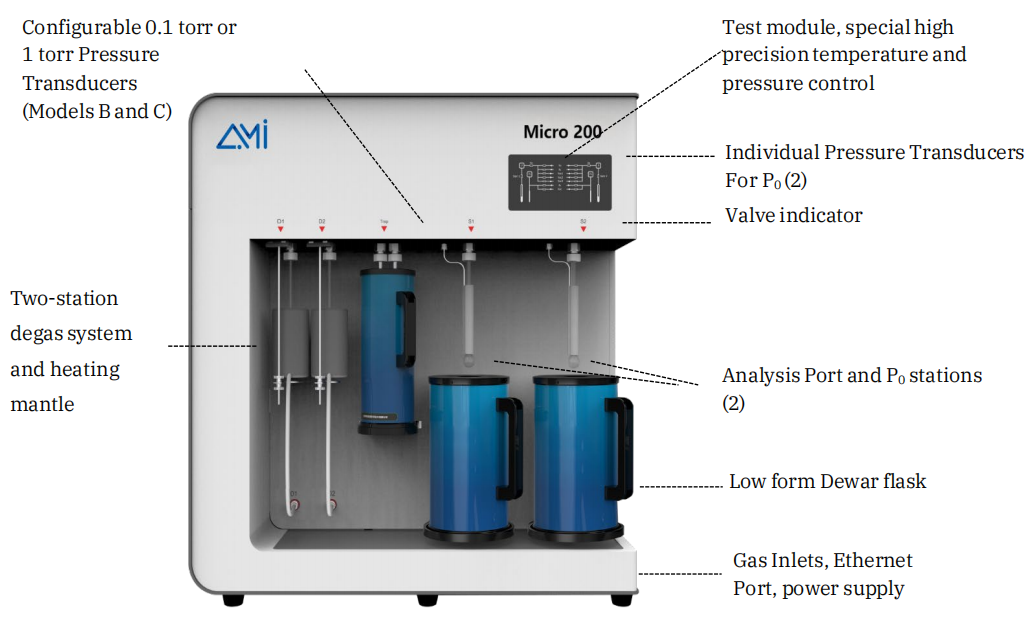












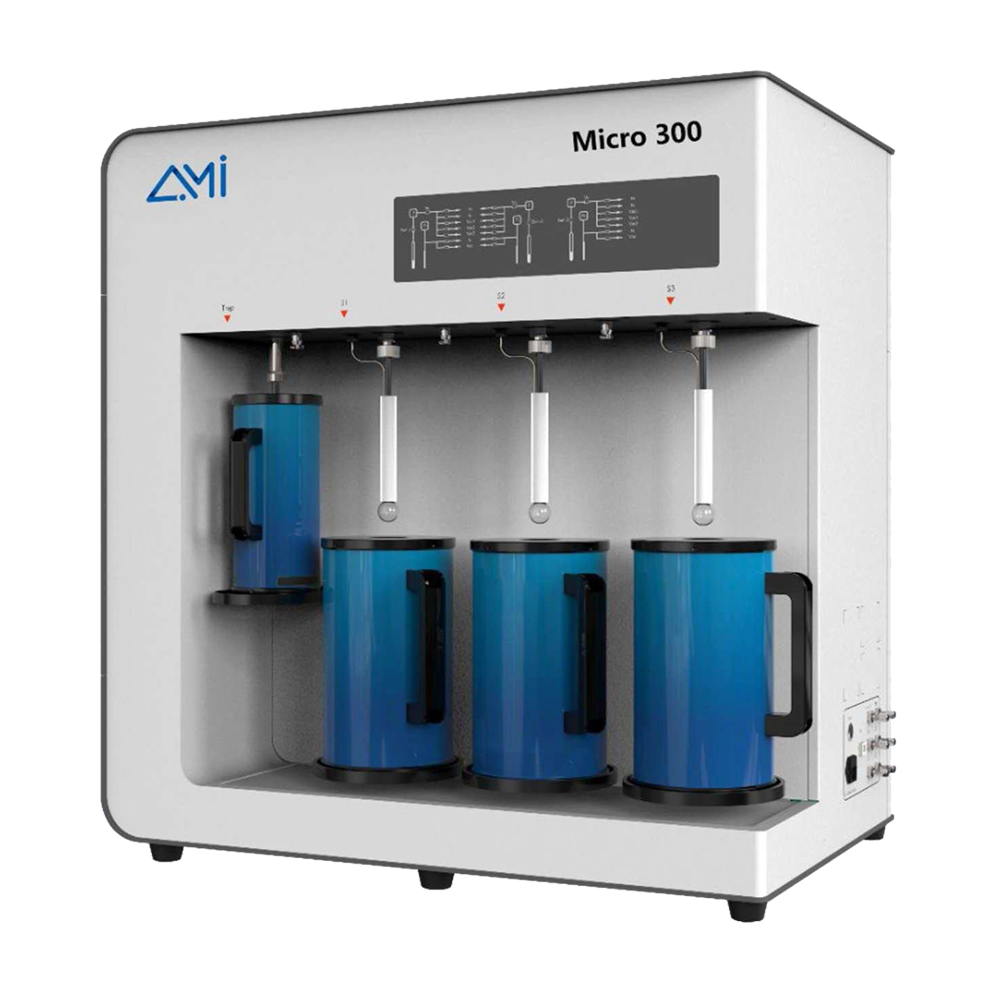
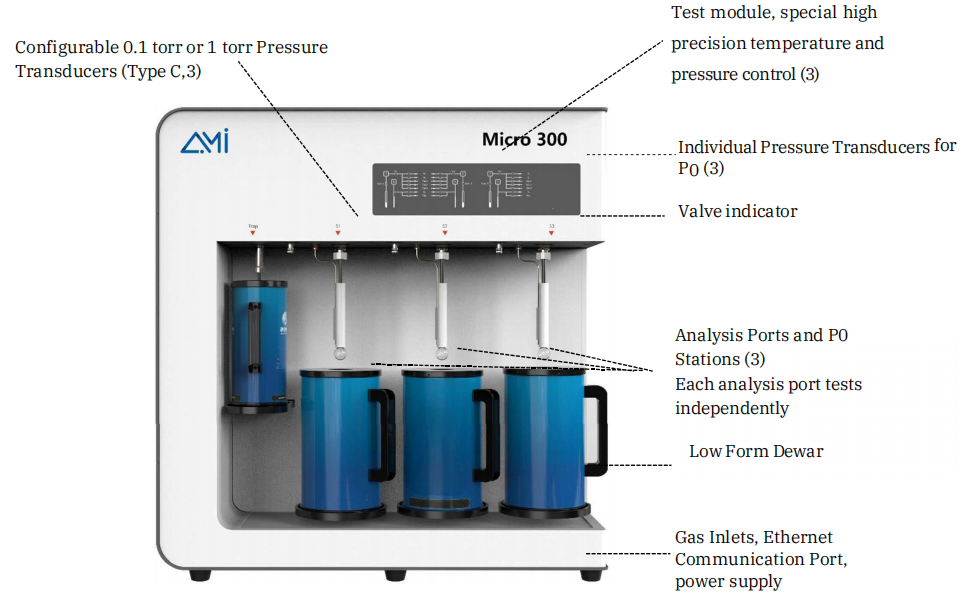
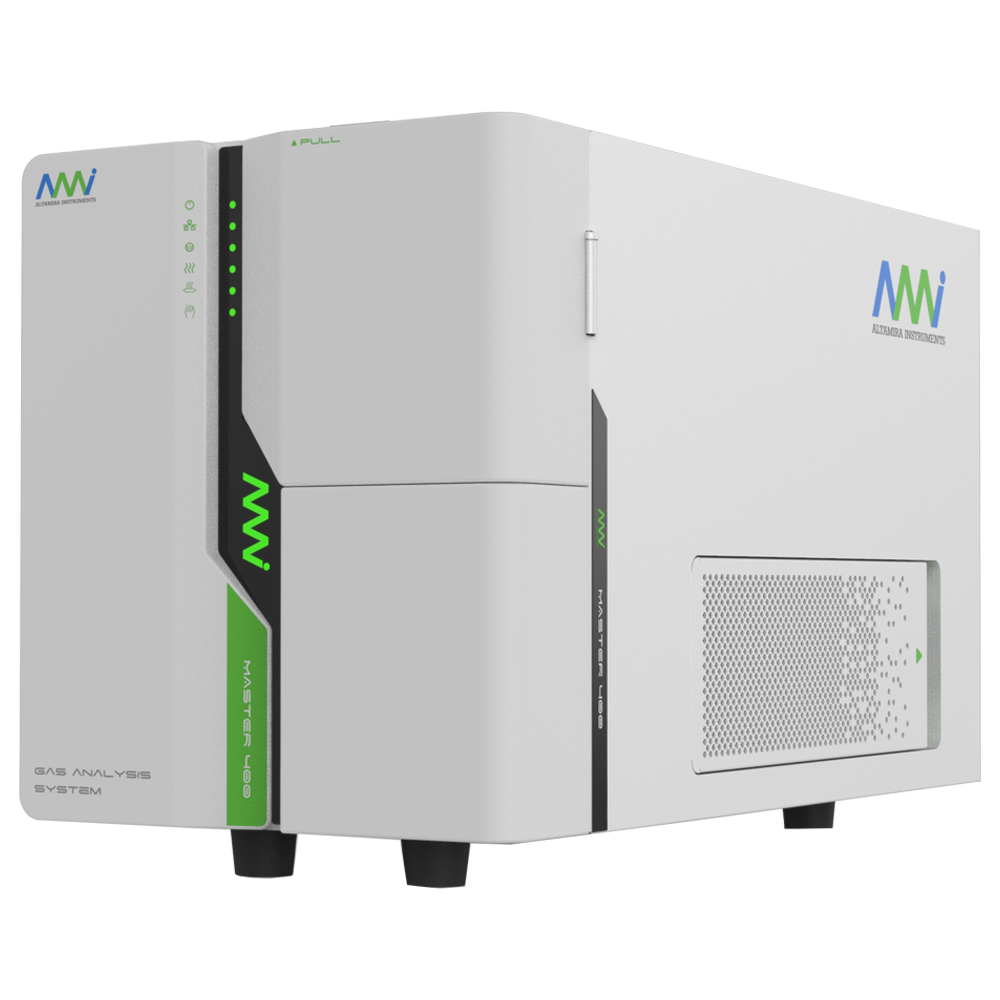
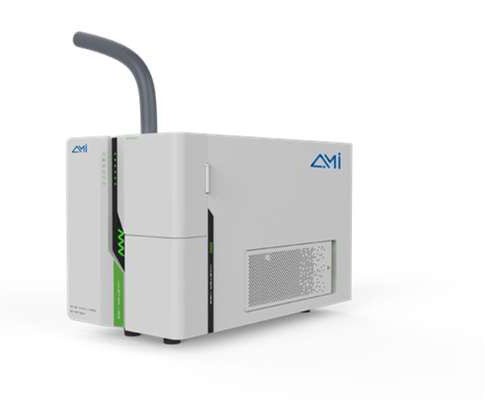
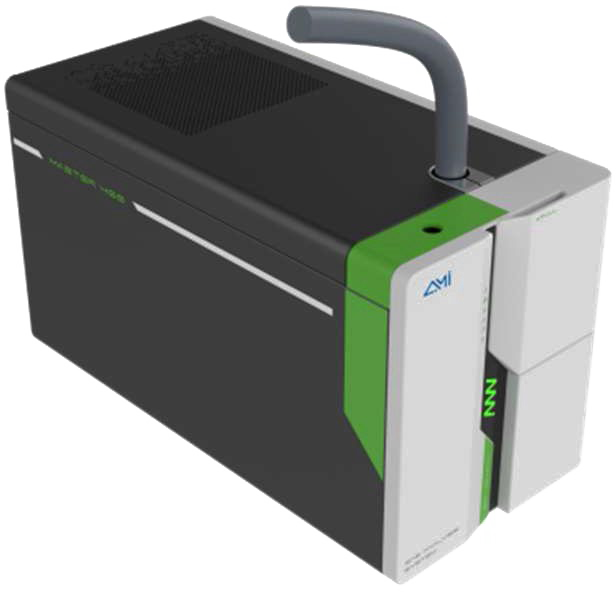
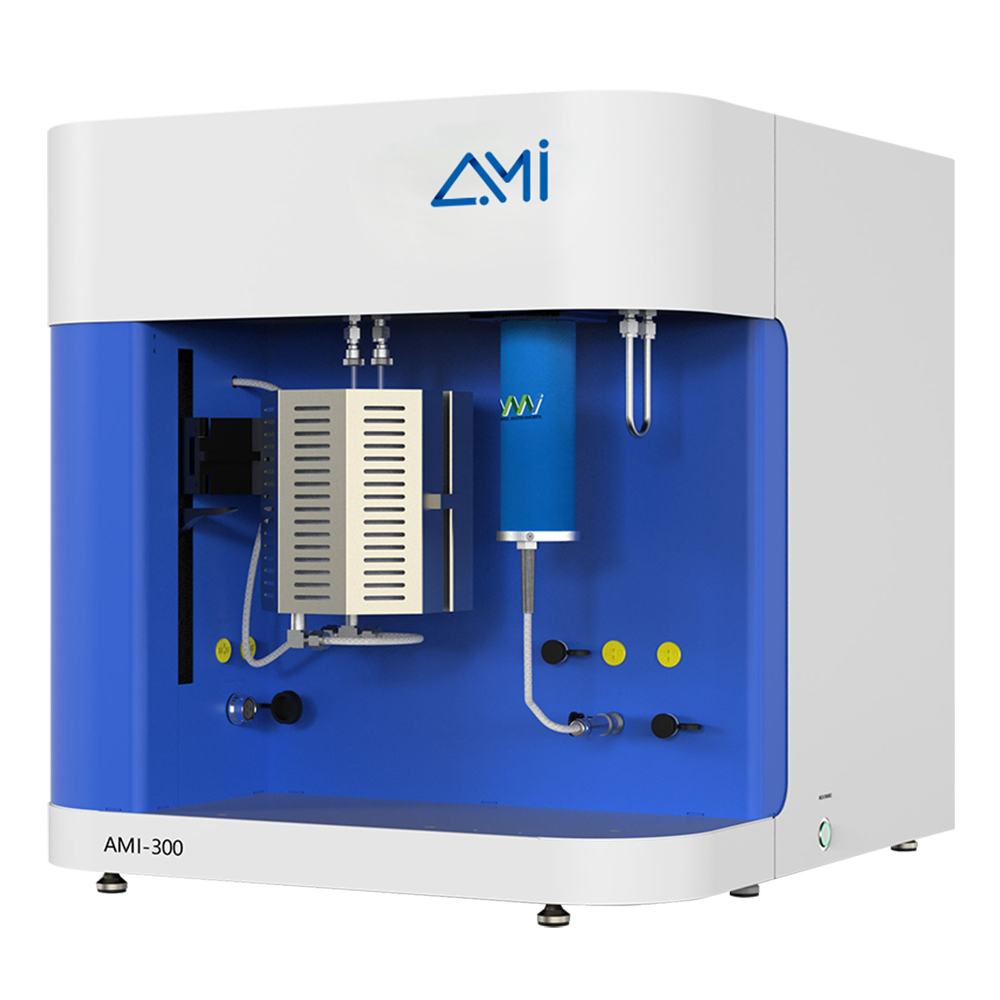
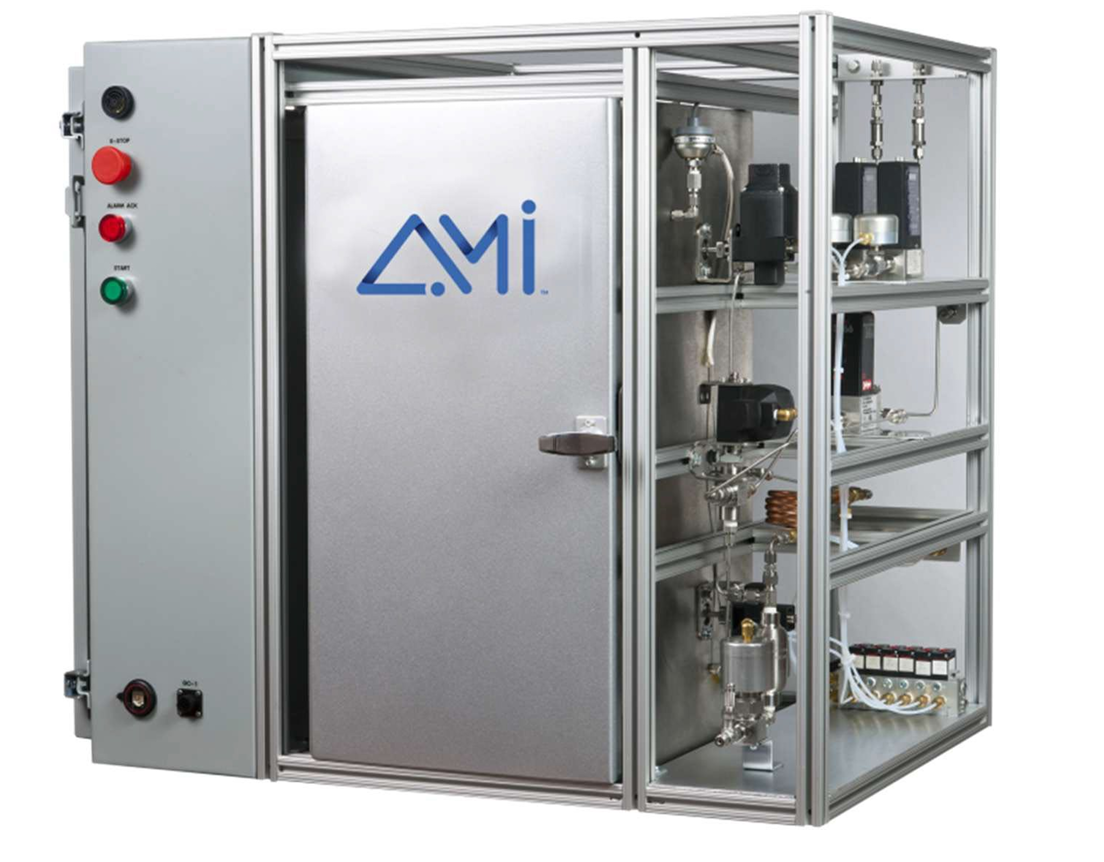
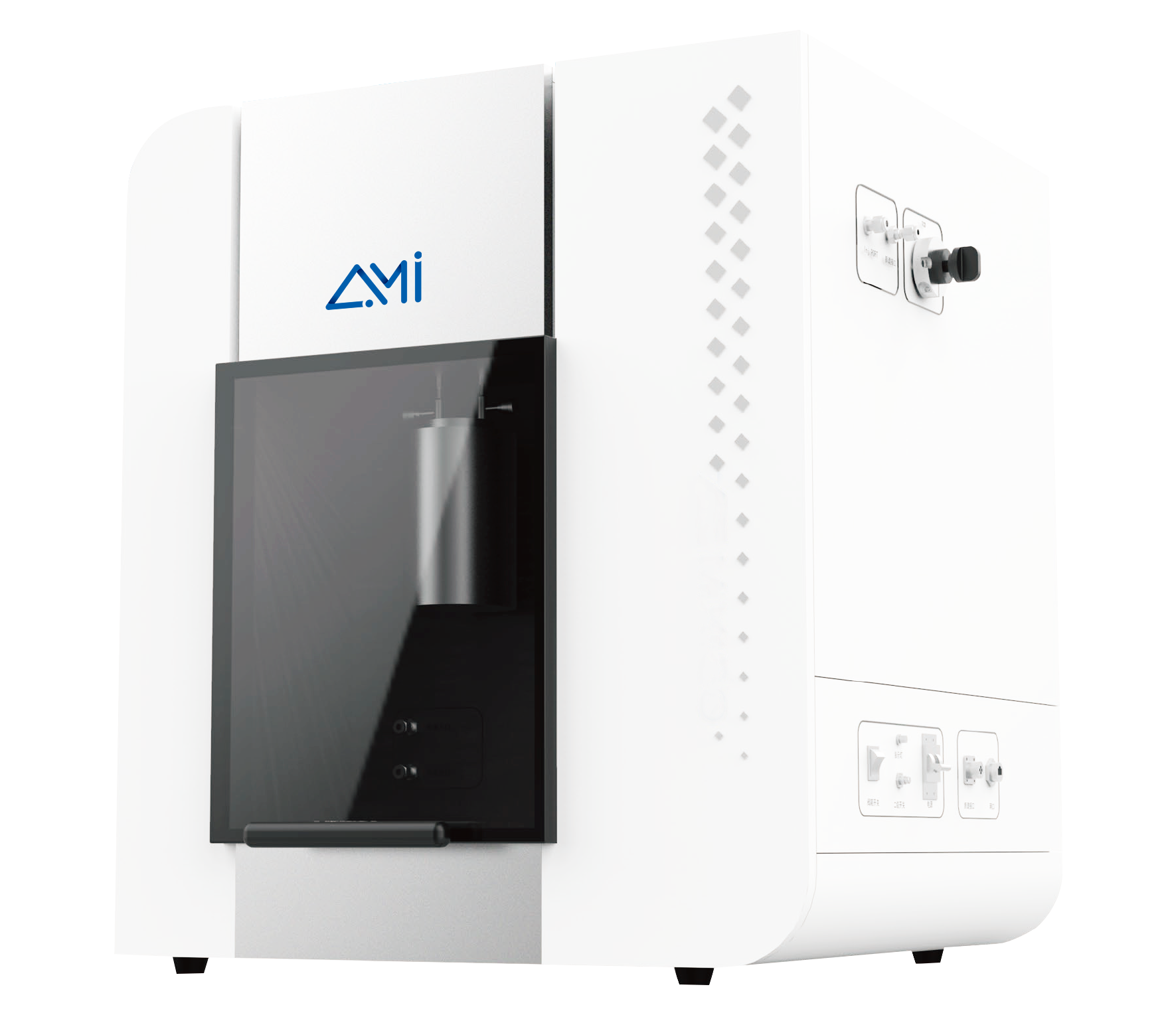
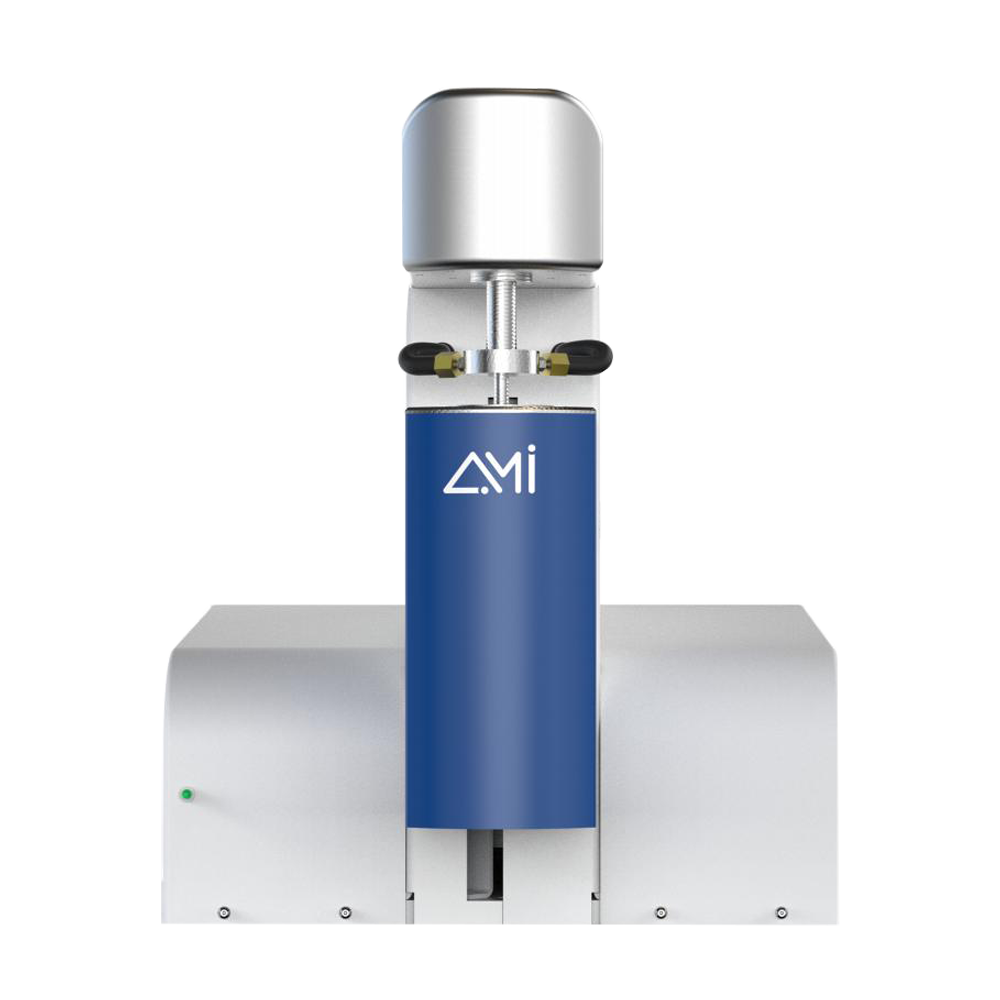
 TEL: +1 262-877-3600
TEL: +1 262-877-3600
 EMAIL:sales@ami-instruments.com
EMAIL:sales@ami-instruments.com